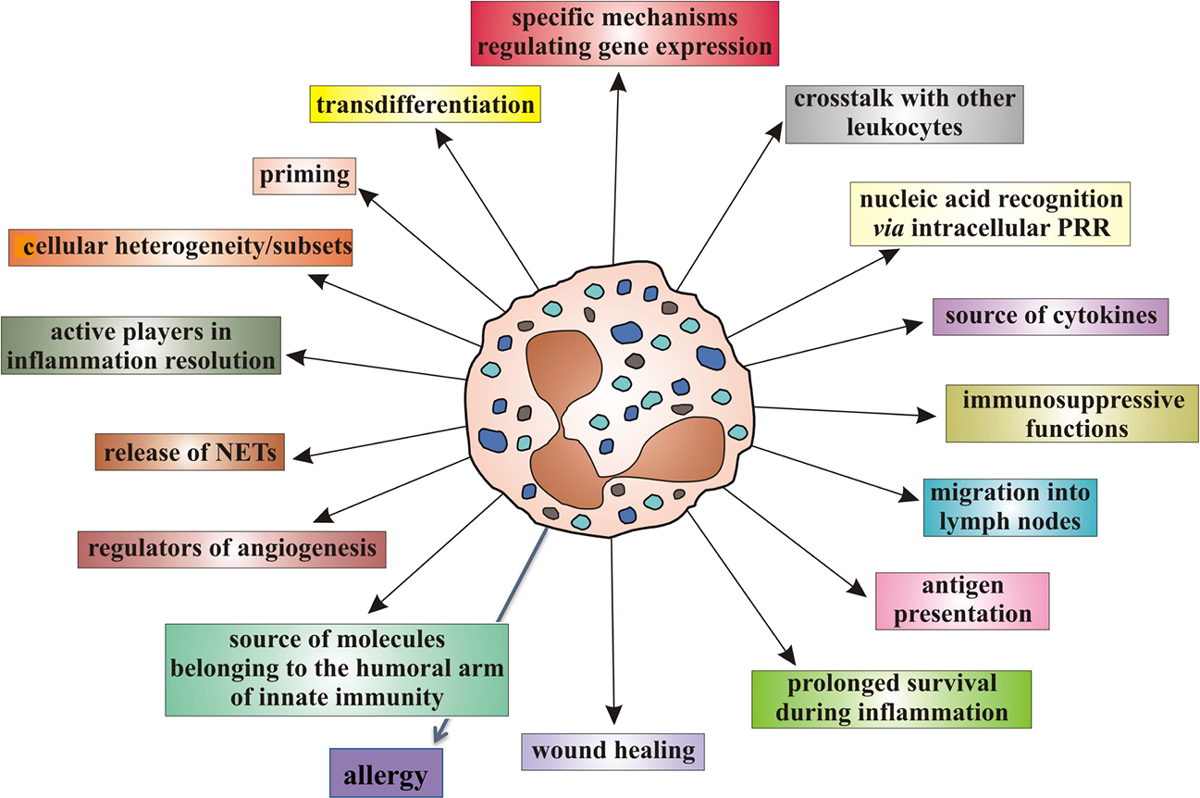The Association of Complementary and Alternative Medicine Use and Health Care Expenditures for Back and Neck Problems
SOURCE: Med Care. 2012 (Dec); 50 (12): 1029–1036
The Geisel School of Medicine at Dartmouth & Dartmouth-Hitchcock Medical Center, Department of Orthopaedics, Lebanon, NH
BACKGROUND: Health care costs associated with use of complementary and alternative medicine (CAM) by patients with spine problems have not been studied in a national sample.
OBJECTIVES: To estimate the total and spine-specific medical expenditures among CAM and non-CAM users
with spine problems.
RESEARCH DESIGN: Analysis of the 2002-2008 Medical Expenditure Panel Survey.
SUBJECTS: Adults (above 17 y) with self-reported neck and back problems who did or did not use CAM services.
MEASURES: Survey-weighted generalized linear regression and propensity matching to examine penditure differences between CAM users and non-CAM users while controlling for patient, socioeconomic, and health characteristics.
RESULTS: A total of 12,036 respondents with spine problems were included, including 4306 (35.8%) CAM users (40.8% in weighted sample). CAM users had significantly better self-reported health, education, and comorbidity compared with non-CAM users.
Adjusted annual medical costs among CAM users was $424 lower (95% confidence interval: $240, $609; P<0.001) for spine-related costs, and
$796 lower (95% confidence interval: $121, $1470; P=0.021) for total health care cost than among non-CAM users.
Average expenditure for CAM users, based on propensity matching, was $526 lower for spine-specific costs (P<0.001) and $298 lower for total health costs (P=0.403). Expenditure differences were primarily due to lower inpatient expenditures among CAM users.
CONCLUSIONS: CAM users did not add to the overall medical spending in a nationally representative sample with neck and back problems. As the causal associations remain unclear in these cross-sectional data, future research exploring these cost differences might benefit from research designs that minimize confounding.





It is great to see options available to lower health care costs and get people healthier using less invasive procedures.
Every chiropractor knows this to be true especially when the chronic neck or back pain patient who have tried everything else and thousands of dollars in the medical model, come see us and get quick relief from chiropractic care.
The old bromide
chiropractic first
medicine second
surgery last
still rings true